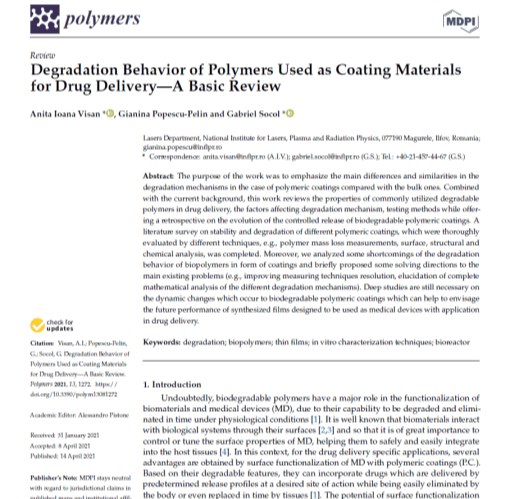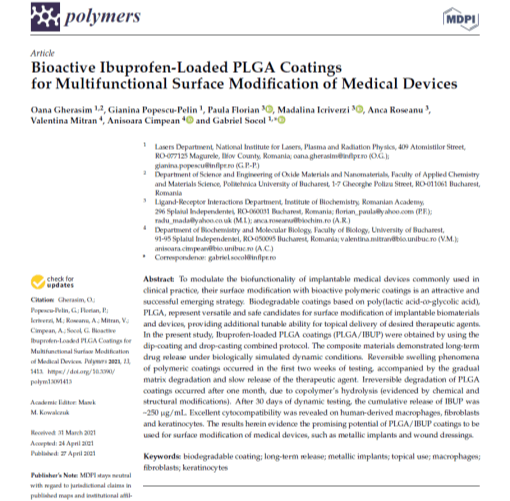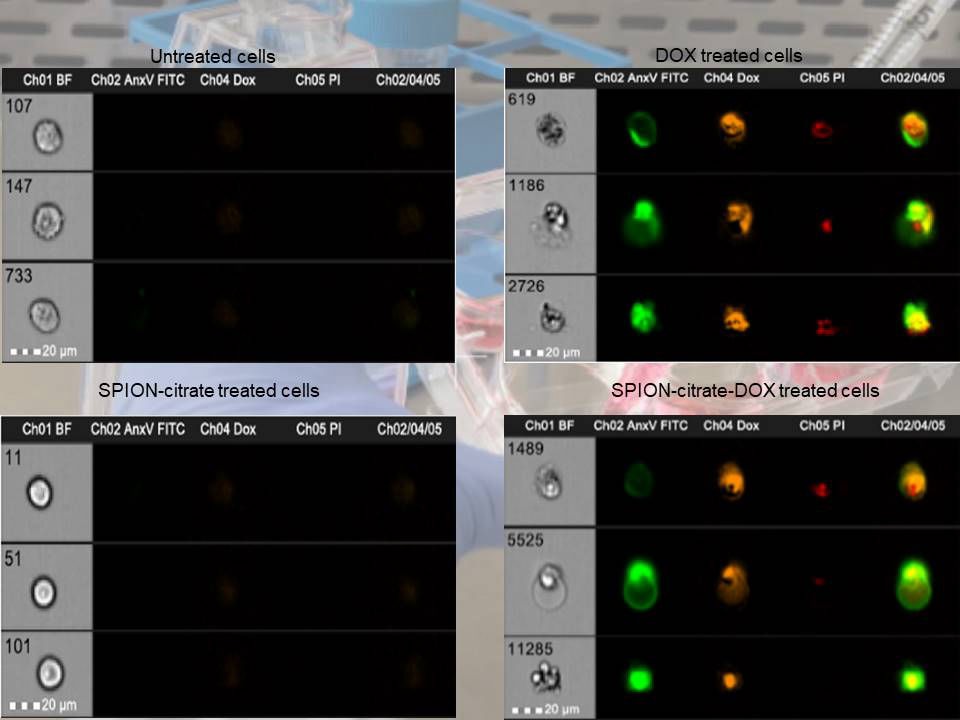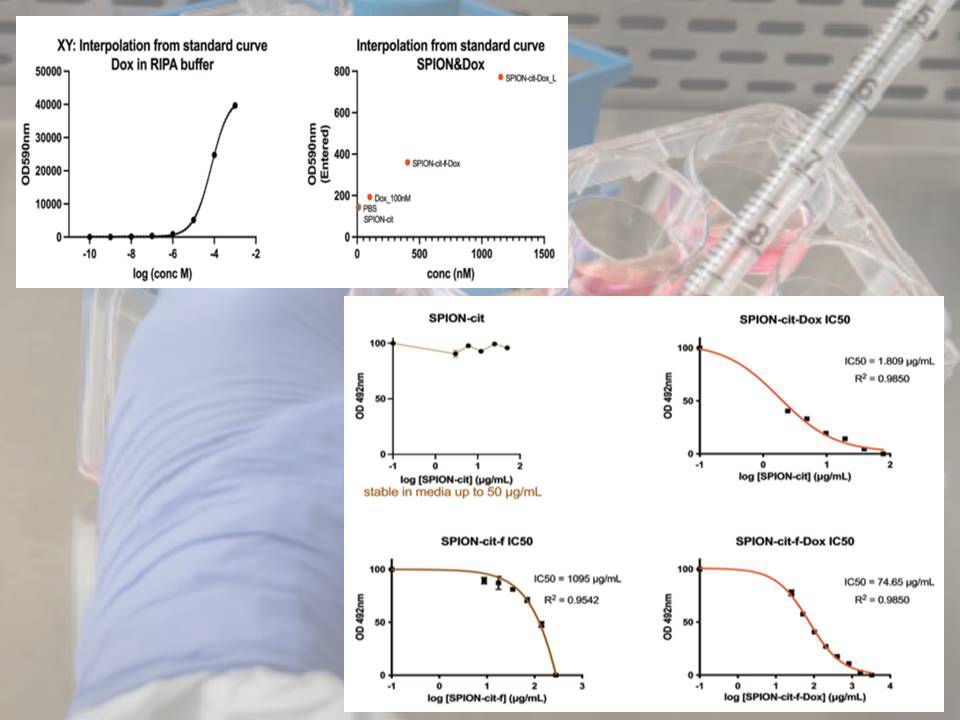Check out our publications in 2022
During 2022 we have published one paper in a highly quoted scientific journal and we have submitted another for publication (currently under review). Their cumulated impact factor is 9.765.
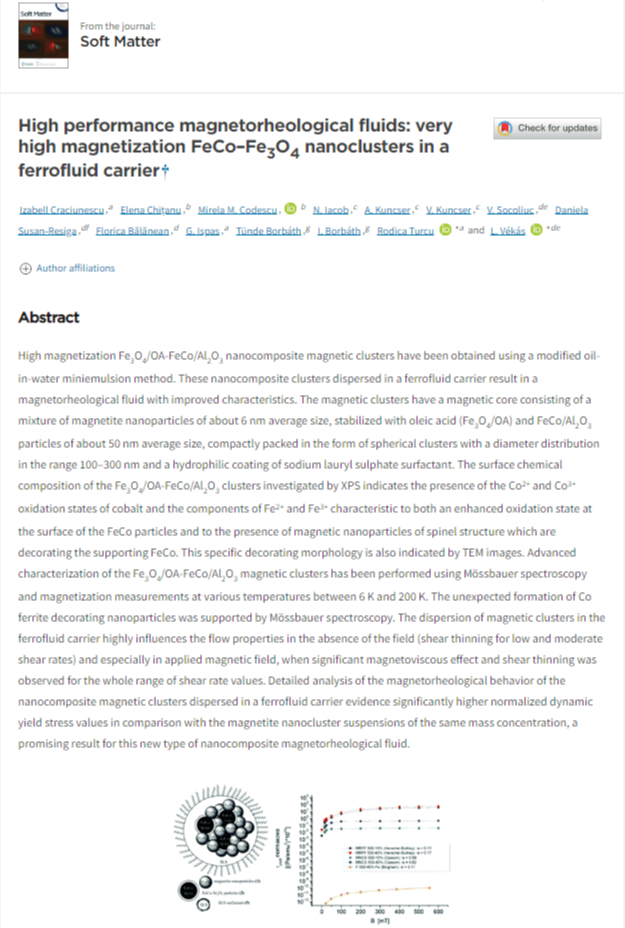
High Performance Magnetorheological Fluids: Very High Magnetization FeCo-Fe3O4 Nanoclusters in a Ferrofluid Carrier
Izabell Crăciunescu, Elena Chițanu, Mirela M. Codescu, N. Iacob, A. Kuncser, V. Kuncser, V. Socoliuc, Daniela Susan-Resiga, Florica Bălănean, G. Ispas, Tünde Borbáth, I. Borbáth, Rodica Turcu and L. Vékás.
Soft Matter2022, 18, 626-639;
https://doi.org/10.1039/D1SM01468D
IF=4.046

Synthesis and Anti-Melanoma Activity of L-Cysteine Coated Iron Oxide Nanoparticles Loaded with Doxorubicin
L.I. Toderascu, G. Popescu-Pelin, G. Stanciu, P. Ionita, L.E. Sima, V. A. Maraloiu, C. Comanescu, N. Iacob, V. Kuncser, I. Antohe, S. Orobeti, P. Florian, M. Icriverzi, C.N. Mihailescu and G. Socol.
Nanomaterials 2022
-submitted for publication
IF=5,719

